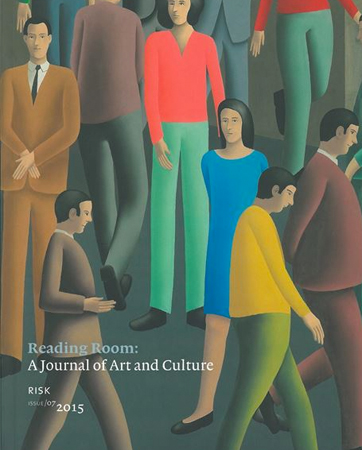
Be in the know
Sign up to our newsletter to stay up to date

With access to so much information, but so little apparent room to act, we have recourse to various accounts of our ambivalence. The current moment is characterised by fear (Massumi), cynicism (Virno), anxiety (Plan C) or distraction (Toufic), for example; fright without flight, participation without conviction, a generalised uncertainty that 'represses active force'.
The very plurality of perspectives simultaneously available on our pages and screens can seem to reinforce the conflicted reflective states so described. We are put out of joint with the established systems we inhabit and that connect us through time and space, at the same time any break from them is delayed. All the while, matters of urgent and general economic and ecological concern bear heavily upon us. The risks are clear, and to live sustainably, to sustain life, even, we know we must respond to them effectively. We watch ourselves continue within existing rules and habits with the palpable urgency of action and change as an undercurrent.
Why should we look to art for traction within this state of affairs? How do the experiences offered by artworks relate to the risks scientists and politicians exhort us to heed? How does art's role in inducing reflection - in taking risks, in exposing audiences to experiences that feel risky - relate to the task of effective action?
Indeed, since art is one of the established systems that we happen to find ourselves working within, will and how can it be sustained?
If we hope for 'creative' solutions, what of the role of 'creativity' in the pressures for 'growth' and 'efficiency' extinguishing jobs and ecosystems alike?
Is it wasteful that some artists chose to withdraw from production altogether?
Editors: Jon Bywater, Natasha Conland and Wystan Curnow.
Managing Editor: Catherine Hammond.
Editorial Assistant: Tom Irwin.
RRP: $35. Contact the shop to purchase
publication
publication
publication
publication
publication